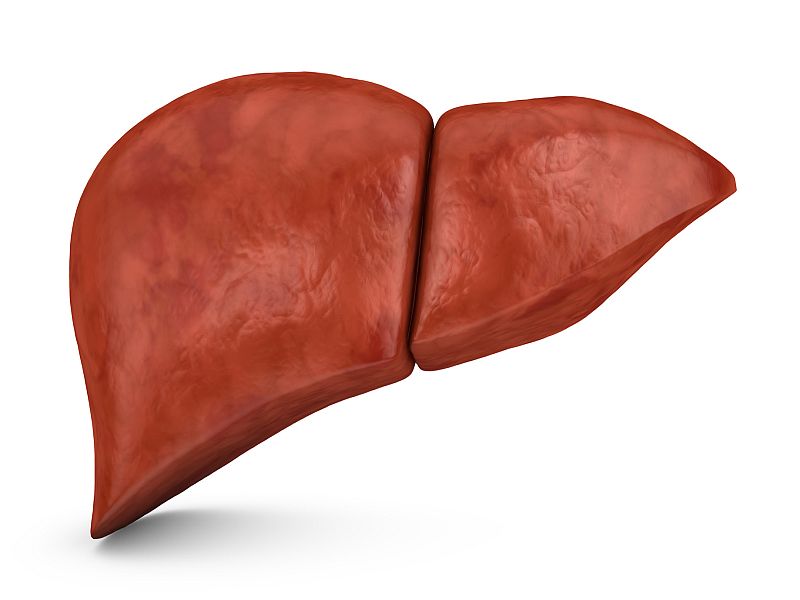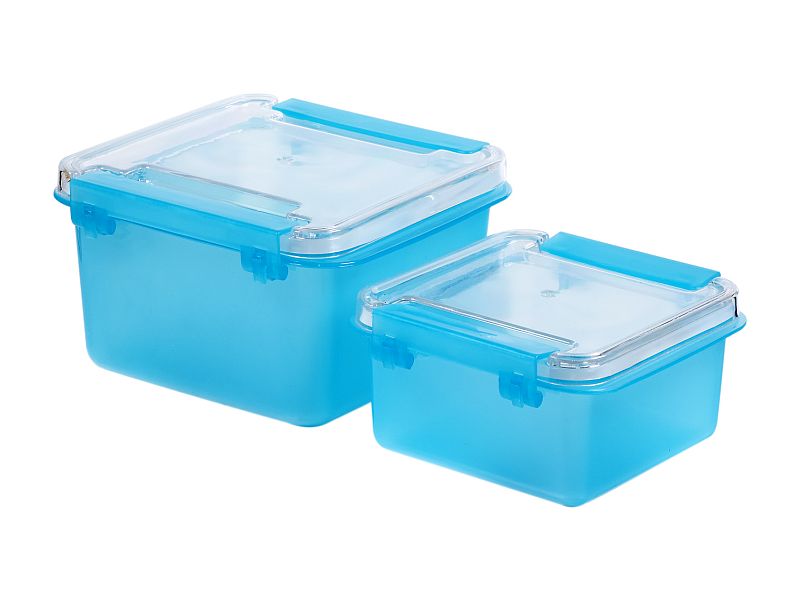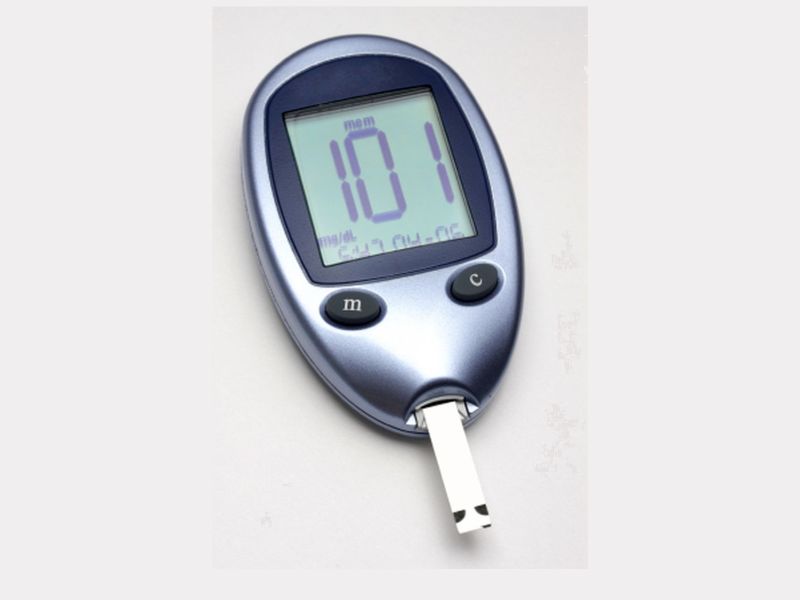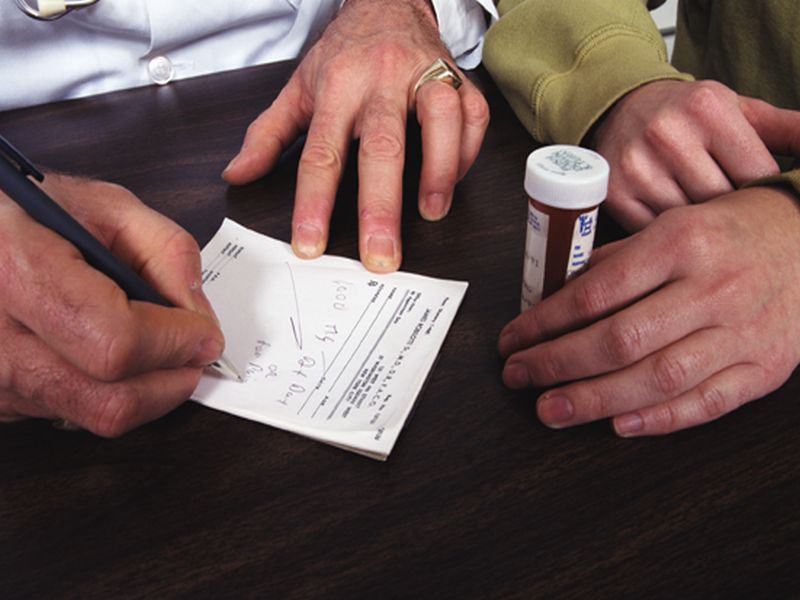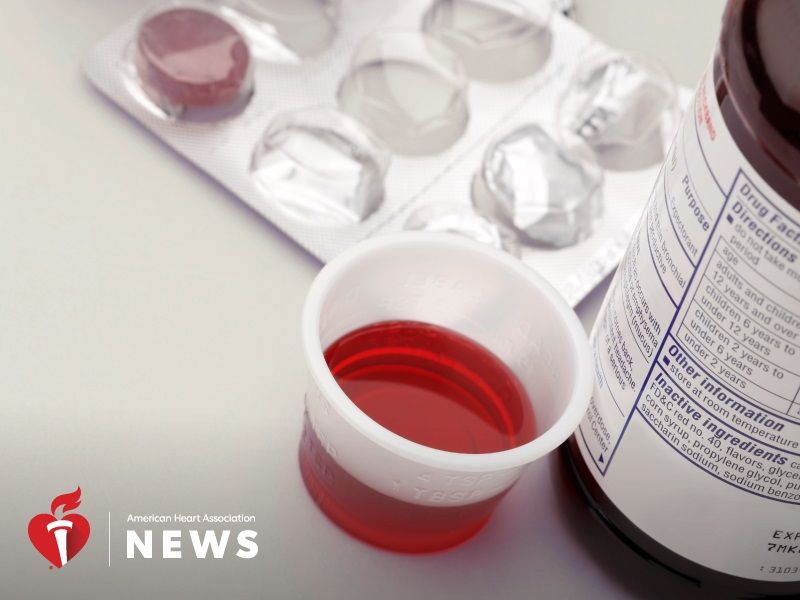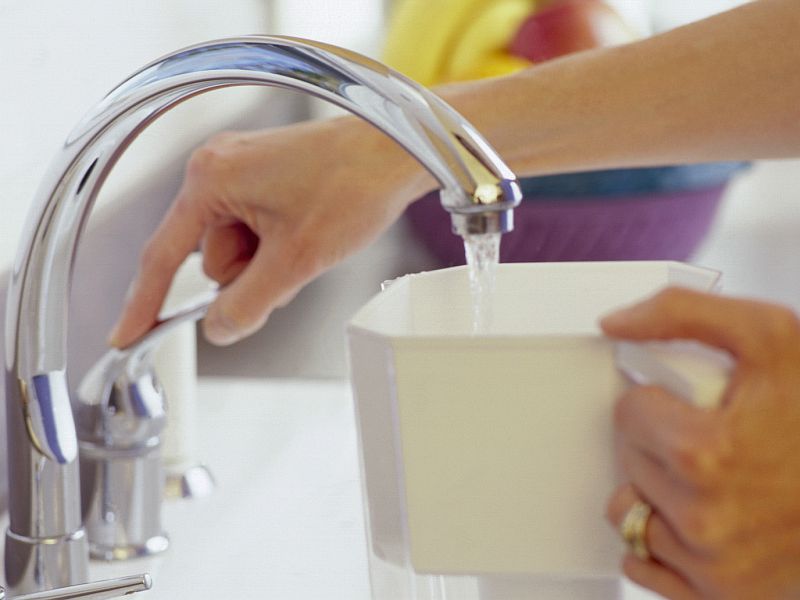WEDNESDAY, Oct. 18, 2017 (HealthDay News) -- As many as 2 million Americans may be drinking well water that contains potentially dangerous amounts of arsenic, a new government study warns.
The analysis, conducted by researchers from the U.S. Geological Survey (USGS) and the U.S. Centers for Disease Control and Prevention, measured arsenic levels in private wells across the United States.
Study author Joseph Ayotte described the private well problem as "widespread."
"We define 'high arsenic' to mean arsenic [levels] greater than 10 micrograms per liter," he said. That mirrors standards used when evaluating public wells, he noted.
Ayotte is a supervisory hydrologist with USGS at the New England Water Science Center.
According to the U.S. National Institute of Environmental Health Sciences (NIEHS), arsenic is an odorless, tasteless and colorless element. In addition to water, it is commonly found in food, air and soil.
It is also often added to the ingredient mix of pesticides, wood preservatives and tobacco, NIEHS experts say.
The problem: Exposure to high levels of arsenic is known to raise the risk for a broad range of cancers, including skin, lung, bladder, kidney and liver cancers. It can also threaten the nervous system, respiratory function, heart health and the immune system, the NIEHS says.
Pregnant women are particularly vulnerable, given recent research that suggests that even low-level exposure may threaten the health of a growing fetus.
Exposure typically occurs via consumption of certain types of food -- such as rice and fish -- and/or contaminated water. In particular, groundwater is often a reservoir for relatively high levels of arsenic, most commonly in rural areas across the Southwest, Midwest and Northeast.
Municipal water treatment facilities are able to filter out arsenic when a water source is deemed to be contaminated, according to the study team. (It can't be removed on one's own by either boiling or bleaching.)
But municipalities do not monitor the nation's private wells, which are mostly unregulated by either federal or state authorities. Private wells serve roughly 44 million Americans, though well usage is distributed unevenly across the country, the study found.
That means that private well owners are left to their own devices when it comes to being aware of or actually identifying any arsenic contamination problem, the researchers said.
The new investigation set out to map private well concerns and identify arsenic hotspots by sifting through a wide range of geological information concerning regional rainfall and chemical composition data.
Some of the data were drawn from samples taken from more than 20,000 private wells at some point between 1970 and 2013, while some of the other data reflected arsenic concentration information sourced from nearly 19,000 private wells.
In the end, the team concluded that the lion's share of hotspots -- locations where private well arsenic levels exceeded 10 micrograms per liter -- were located in the New England region, the upper Midwest, the Southwest, and across southern Texas.
The investigators calculated that such wells likely serve more than 2 million residents, many of whom probably have no idea that they are routinely exposed to contaminated water.
"This study," said Ayotte, "is a first step in understanding the potentially exposed high arsenic domestic well population. It underscores the need for all well owners to test their wells and to take action to reduce exposure, if appropriate."
Residents can try to remove arsenic from their well water with water treatment methods such as reverse osmosis, ultra-filtration or ion exchange, the NIEHS says. Your local health department can recommend the best procedures for your well.
Ayotte and his colleagues reported their findings in the Oct. 18 issue of Environmental Science & Technology.
The American Chemical Society declined to offer comment on the findings.
But Hans Plugge, a senior toxicologist with Verisk 3E, a consulting firm based in Bethesda, Md., expressed little surprise at the findings.
"And if I lived in one of these problem areas, I would definitely think about getting my water tested," said Plugge, who wasn't involved with the study.
Still, the likelihood of discovering that a well is contaminated with high arsenic levels is relatively low, he said.
"In the worst case, it's about an 18 percent probability that it's 10 micrograms per liter or more. And the authors point out that that's a conservative estimate, meaning the chances are probably even lower," Plugge said. "But yes, I'd get it tested. And if it's high then it's definitely a good idea to do something about it."
More information
There's more on arsenic at U.S. National Institute of Environmental Health Sciences.



